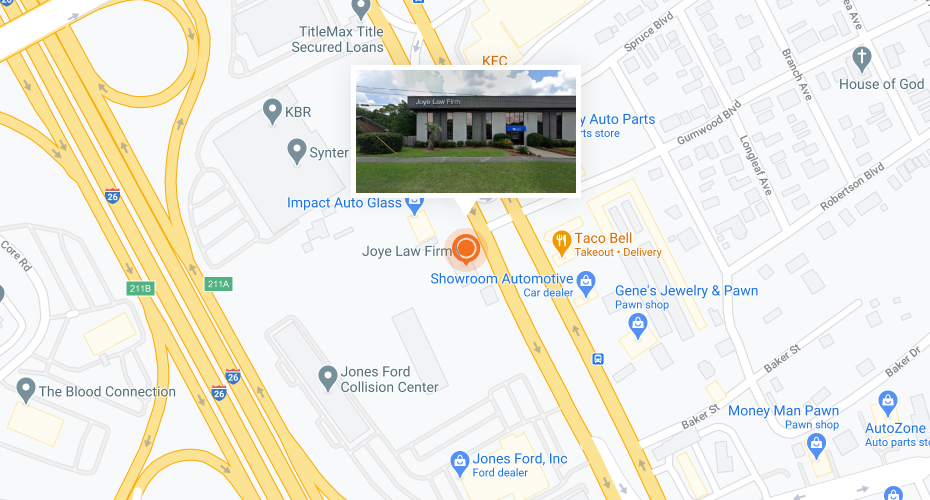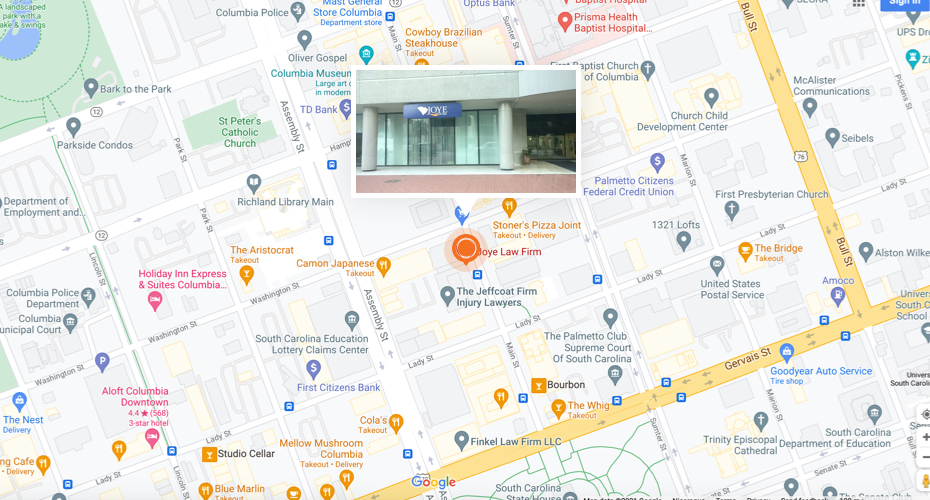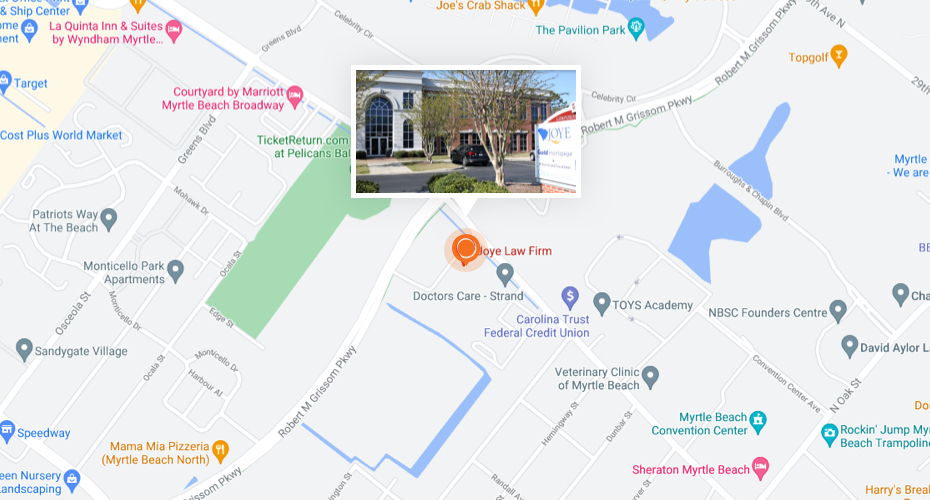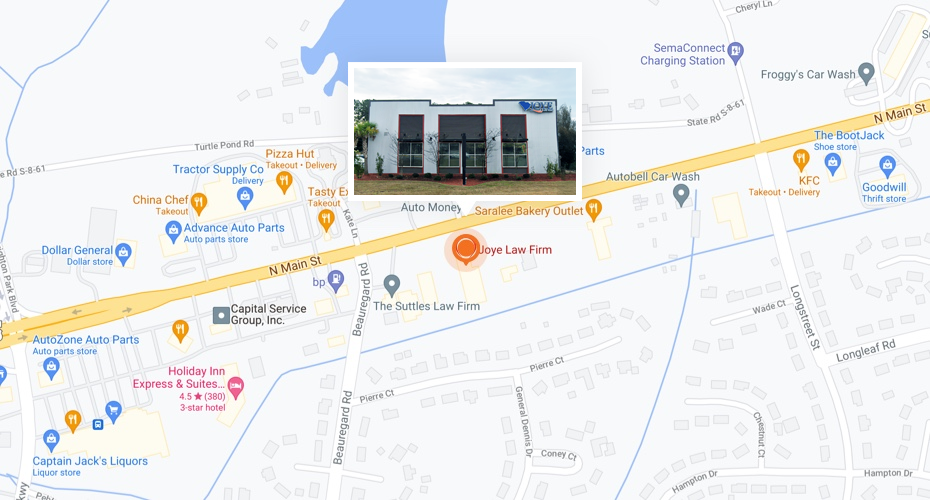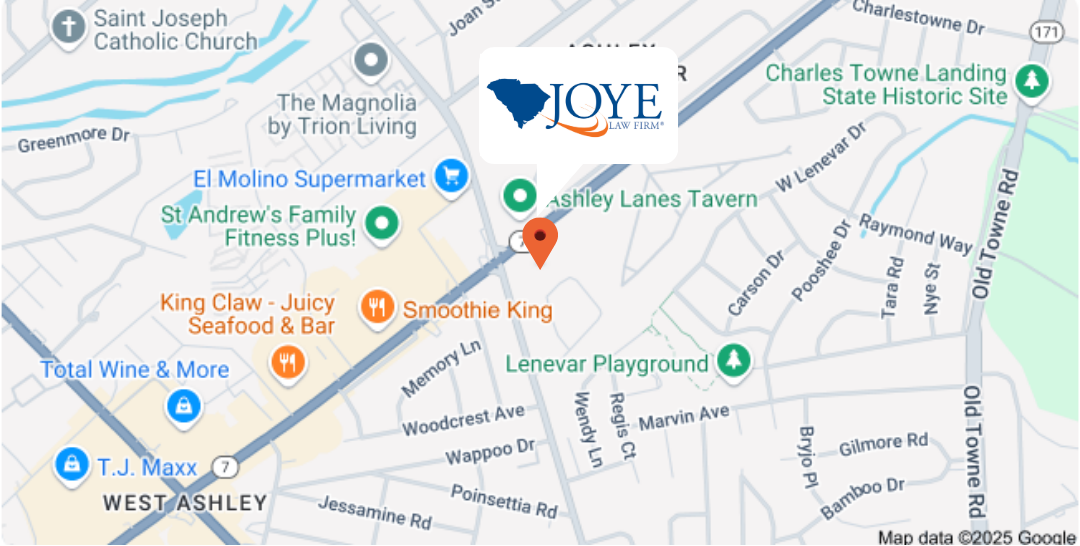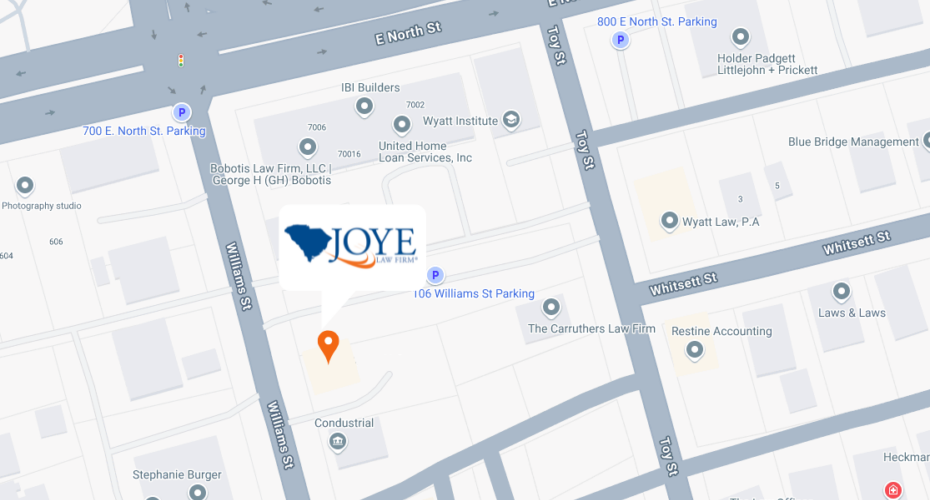
While Social Security disability programs pay benefits to people who are unable to perform their jobs because of a serious physical or mental impairment, the Social Security Administration considers it a priority to support the efforts of disabled individuals who want to return to the workforce and become self-supporting.
Both Social Security Disability Insurance (SSDI) and the Supplemental Security Income (SSI) programs have work incentives that allow those who desire gainful employment to work while receiving disability benefits.
Because they must adequately address a wide variety of needs, the Social Security disability program work incentives can be complex and difficult to follow. However, these guidelines carry the weight of the law, and failing to comply with them can cause you to lose your benefits.
Below, we summarize how an individual who receives federal disability benefits can work and remain on disability. If you are on disability or are applying for federal disability benefits and want to work, or you are assisting a loved one, feel free to contact a Social Security Disability lawyer in South Carolina for assistance. We will review your case and explain your legal rights free of charge—and with no strings attached.
What Are Social Security Disability and Supplemental Security Income?
The primary Social Security programs for people with long-term disabilities are:
- Social Security Disability Insurance (SSDI) provides benefits to disabled or blind individuals who have contributed to the Social Security system. These contributions are the Federal Insurance Contributions Act (FICA) Social Security tax paid on their earnings or those of their spouses or parents.
- Supplemental Security Income (SSI) makes cash assistance payments to aged, blind, and disabled people (including children under age 18) who have limited income and resources. People who receive SSI typically have never been able to work and have very limited assets.
The premise of SSDI is that your condition prevents you from earning sufficient income to meet your monthly bills. To be recognized by the Social Security Administration as having a qualifying disability, your condition must be expected to last at least 12 months or be a terminal condition, and prevent you from engaging in any substantial gainful work for pay. It is not intended for people with temporary disabilities.
Working and Receiving SSDI Through the Trial Work Program
Recipients of SSDI benefits may take advantage of several programs that allow them to test their ability to work or to continue working, and gradually become self-supporting and independent.
Under SSDI’s Trial Work Period, you can test your ability to work for at least nine months and receive your full disability benefits, regardless of how much you earn. The nine months do not need to be consecutive. It will last until you accumulate nine months within a rolling 60-month period. Overall, an SSDI recipient can spend nine years testing their ability to return to work and maintain eligibility for benefits.
After you complete the trial work period, you begin your Extended Period of Eligibility (EPE), which lasts 36 months. During this period, the Social Security Administration will evaluate your work and earnings to determine whether you can work at the substantial gainful activity (SGA) earnings level.
How Much Does Disability Pay in South Carolina?
During the three-year period, you still receive benefits for any month in which your earnings do not exceed the Substantial Gainful Activity level. As of 2024, the monthly SGA is $1,550 for those with disabilities and $2,590 for blind individuals. These amounts are subject to annual adjustments to reflect changes in the average national wage. For instance, SGA increased by $80 for disabled persons and $130 for blind persons from 2023.
Full-Time vs. Part-Time Work
The amount of work you may do and remain eligible for disability benefits is based on earnings, not on how many hours you work. This means you can work full-time or part-time and earn disability as long as your income doesn’t exceed the SGA.
For instance, if you have a full-time job where you earn $9 per hour or around $1,440 per month, you could still receive SSDI. However, if you work part-time (around 25 hours per week) but earn $28 per hour, this would net a monthly income of about $2,800, putting you above the SGA threshold.
Having Your Benefits Reinstated After Stopping Work
If your earnings exceed the threshold but you must stop working at any point during the three years because of your disability, your full SSDI payments will be immediately reinstated.
Some people continue to work after the three years are over, but their disabilities recur. If this happens, you can file for an Expedited Reinstatement at any time during the first five years following the month your benefits ended. You do not have to go through the entire disability application process.
Under expedited reinstatement, you receive provisional, or temporary, benefits for up to six months. During that time, the Social Security Administration will decide whether you can get benefits again.
Once you have been reinstated, you begin your initial reinstatement period. The reinstatement period ensures that you receive a monthly benefit any month you earn less than the SGA earnings level for 24 months.
Once you have received a total of 24 monthly benefits payments, if you are still receiving SSDI benefits, you are also eligible for:
- A new nine-month trial work period
- A new 36-month extended period of eligibility
- A new 60-month period to file a request if your reinstated benefits are terminated due to SGA earnings
- A new period of extended Medicare coverage
Conversely, if your earnings exceed the level qualifying as a substantial gainful activity after the 36-month period, then your benefits will end. If your SSDI benefits stop because of your earnings, but you’re still disabled, then your free Medicare Part A coverage will continue for at least 93 months after the nine-month trial work period. After that, you can buy Medicare Part A coverage by paying a monthly premium.
Working While Receiving SSI Disability Benefits
Because fewer Supplemental Security Income recipients are capable of substantially gainful employment, the SSI work incentives are simpler.
For SSI recipients who work, the Social Security Administration provides an Earned Income Exclusion. Under the exclusion, the Social Security Administration does not count the first $65 of earnings an SSI recipient receives in a month, plus one-half of the remaining earnings when the agency calculates the monthly SSI payment. This means the monthly benefit is based on less than one-half of the SSI recipient’s earnings, no matter how much they are.
A special provision in the law eliminates the need for a trial work period or extended period of eligibility under SSI. If a disabled person becomes ineligible for SSI payments due to employment, they are usually able to restart SSI cash payments at any time without a new application.
How to Apply for SSDI and SSI
The application processes for SSDI and SSI are similar and can be done through the SSA website. It typically takes up to five months for a final decision, based on how quickly you complete the application. Here are the basic steps and documentation you’ll need:
- Determine Eligibility: Assess your SSDI and SSI benefits eligibility. For SSDI, check if you have enough work credits based on your employment history. For SSI, evaluate your income and assets to ensure they fall within program limits.
- Review SSA Guidelines: Familiarize yourself with the Social Security Administration (SSA) guidelines for work incentives and eligibility criteria. These guidelines provide crucial information about how work affects your benefits.
- Begin the Application: Initiate the application process for SSDI and SSI benefits. You can start the application online (SSDI or SSI), by phone, or by visiting a local Social Security office. Gather necessary documentation, including personal information, medical records, employment history, and income details.
- Complete Application Forms: Accurately complete the required application forms. This may involve forms such as the SSA-3368 for SSDI and SSA-8000 for SSI. Make sure all information is accurate and up-to-date.
- Undergo Medical Evaluation: Be prepared to undergo a medical evaluation as part of the disability assessment process. Provide medical records and reports from healthcare providers to support your claim.
- Work and Income Reporting: Continuously report any work and income status changes to the SSA throughout the application and benefit receipt period. This includes changes in work hours, wages, or medical conditions.
- Decision and Appeals: After applying, await a decision from the SSA. If your application is denied, consider the appeals process, which may involve filing appeals forms and undergoing further reviews. The duration of this step can vary, depending on individual circumstances and whether appeals are necessary.
- Notification of Benefits: If your application is approved, you will receive a benefit award letter specifying your disability benefit amount and start date. The payment schedule will also be provided. SSDI benefits are typically retroactive to the application date.
- Reporting Additional Changes: Continuously report any changes in your income, assets, work hours, or medical condition to the SSA. This ongoing reporting is crucial to avoid overpayments or loss of benefits throughout the benefit period.
Legal Assistance for Managing Benefits and Employment
Applying for and receiving disability benefits while working can help you regain independence after an injury. However, understanding your rights and how to obtain these benefits is complex. An attorney can guide you through the process and help with the following:
- Understanding Eligibility: Your lawyer can help you assess your eligibility for SSDI or SSI benefits based on your unique circumstances, ensuring you meet the necessary criteria.
- Work Incentives and Reporting: Attorneys can provide guidance on work incentives, helping you understand how employment impacts your benefits and assist you in accurately reporting income changes.
- Appeals and Disputes: An attorney can advocate for you through the appeals process if disputes or denials arise, increasing the likelihood of a successful outcome.
- Benefits Optimization: A legal expert can help you optimize your benefits by ensuring you receive the maximum amount you are entitled to while working.
- Compliance: Legal assistance from an attorney ensures you adhere to SSA reporting requirements and avoid potential overpayments or loss of benefits.
- Protection of Rights: Legal professionals protect the rights of individuals with disabilities, ensuring you receive fair treatment throughout the application and benefit management process.
Contact A South Carolina Social Security Disability Lawyer
Social Security Administration programs for the disabled provide valuable benefits and assistance for those who know what is available. The complexity of the rules combined with the backlog of claims keeps many disabled South Carolinians from getting all the benefits they should receive.
If you are totally disabled but would like to pursue some level of work, a South Carolina Social Security Disability benefits attorney can help you seek the full federal assistance that you are entitled to by law. A lawyer from our firm can review your case in a free, no-obligation initial consultation. Get started by contacting us online today.
Originally published January 30, 2019. Updated March 14, 2024.































